During our first blind tasting, Jonny and I tasted six different agave Tepextate mezcals. For our second tasting, we decided on agave Tobala and then took inventory of our mezcal “collection”; remember folks, it’s a hobby, not an addiction! Together we had about nine different bottles of Tobala with some overlap. That might sound like plenty but our friend Chris had picked up a bottle of Real Minero Tobala during our last trip to Oaxaca so we invited him (and his bottle) to the tasting. Due to limited matching glassware, we decided to blind taste eight different Tobala mezcals between the three of us.
How can I set up a blind tasting? Read our first blind tasting blog for detailed instructions
Agave Tobala
Wild agave Tobala is one of the most prized of all agaves and often called the King of Agaves in Mexico. Agave Tobala is also known as agave Potatorum and grows wildly in states Oaxaca and Puebla. In mezcals from Puebla, agave Potatorum might be called Cenizo on the bottle, which is a name used for a number of different types of agave species and can lead to confusion among consumers. Additionally, Tobala plants can be mistaken for agave Cupreata as both agaves are relatively small with a similar leaf structure. Agave Tobala grows naturally at high altitudes in shaded areas. When mature after 12-15 years of growth, the agave hearts are the size of basketballs and have a high starch content. Due to their small size, it takes about eight agaves hearts to match the same mezcal yield of a single espadin agave heart. Low-yield combined with high-demand has been devastating to the population of wild Tobala plants and driven up the price of this mezcal. Children have been known to extract premature agave Tobala in order to get money from local mezcaleros.
Mezcal made from agave Tobala often tastes light, sweet, and floral. Many brands are producing mezcal made from agave Tobala and it is one of the most popular mezcals after agave Espadin in the United States. While agave Tobala has been difficult to cultivate, many brands have learned to do so in order to develop long-term sales and sustainability. Unlike most other agave, Tobala does not produce hijuelos, which are the shoots or pups that sprout around the main plant once it has matured. Brands with sustainability programs often grow Tobala from seed in protected nurseries and then plant them in a more natural habitat; this is where the term “semi-cultivated” is derived.
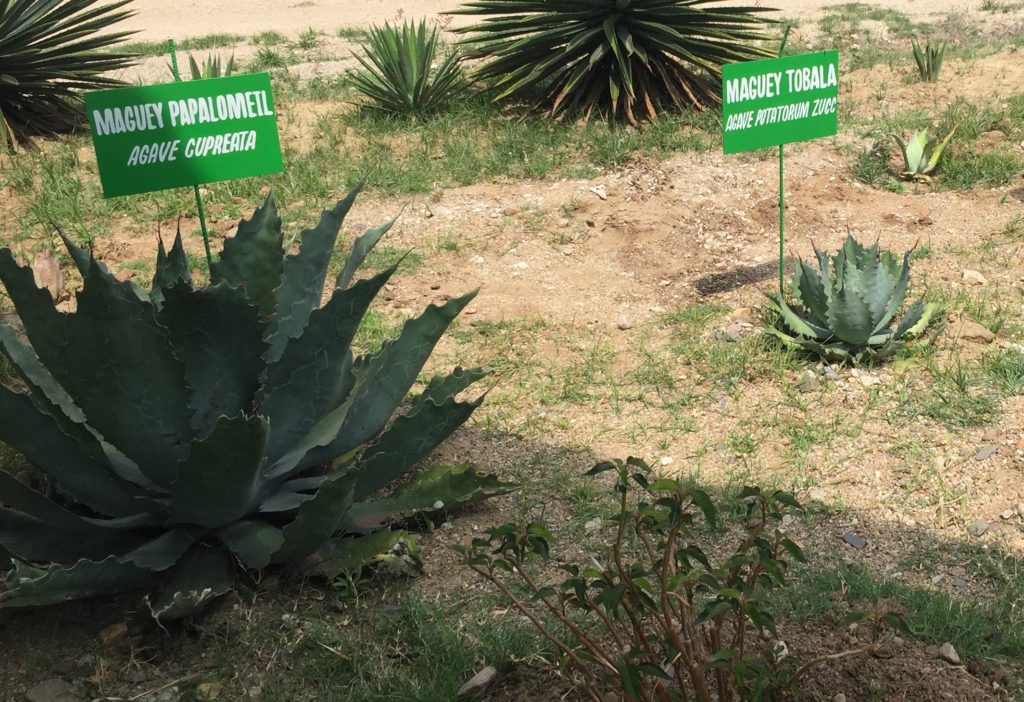
Agaves Cupreata (left) and Tobala (right) at the Mezcal Real Minero agave nursery
Blind tasting bottle lineup
| Mezcal | Mezcalero | Batch info | ABV% | Avg. Price ($USD) |
| Marca Negra | Jorge Méndez Ramírez | August 2014; Lot MJ 08-14 | 52% | $100 |
| Vago | Aquilino Garcia Lopez | March 2014; Lot A-24-DV-TB-14 | 52.1% | $110 |
| Del Maguey | ? | Lot TOB-114 | 45% | $120 |
| El Jolgorio | Gregorio M. Garcia | Edition 9; 2015 | 51.6% | $115 |
| Real Minero | Don Lorenzo Angeles | Lot 4, 2016 | 47.8% | $120-$160 |
| Bruxo #5 | Candido Reyes | Lot V2551G | 46% | $95-$125 |
| Rey Campero | Romulo Sanchez Parada | July 2014; D5002-TO | 48.5% | $110 |
| Vago | Emigdio Jarquin | April 2016; E-07-TOB-16 | 50.2% | $110 |
Given all of the news from Oaxaca about the rarity of agave Tobala, you might think that Tobala mezcals are incredibly scarce and expensive. While they’re not cheap, they are often easier to find and more affordable than mezcals made from agaves like Tobaziche, Tepextate, or Arroqueno. Most of these Tobalas cost a little over $100 for a 750ml bottle. As I began pouring out these mezcals into identical glasses, we sipped a few other Tobala mezcals. First we had some Wahaka Tobala made by Alberto Morales; this had the lowest alcohol content of our bottles at 42% ABV. Wahaka lowers their ABV to appeal to those new to mezcal and new to sipping spirits (read about our visit to the Wahaka palenque). The Wahaka can be found for around $90 a bottle. Next we tried the Gracias a Dios Tobala from Oscar Hernandez which is adjusted to 45% ABV and can be purchased for as low as $70 a bottle.
Here is the blind tasting in the random order that we tried them:
Marca Negra
As luck would have it, Marca Negra was the very first glass during our last blind tasting. We started off with another mezcal from Jorge Mendez, who makes the Tobala and Tepextate for Marca Negra in San Luis Del Rio. This mezcal got some mixed reactions and overall it felt a bit hot.
“Subtle caramel on the nose with hints of sweet carrot aroma.”
“Fruity and buttery with citrus, a fiery finish.”
“Fruity… a peppery finish that lingers.”
A few of us guessed that this was the Marca Negra given the kick. At 52% ABV this was one of the highest ABV mezcals of the lineup. Blind tastings can be a double-edged sword because generally you would not want the be drinking a higher ABV mezcal at the beginning of a tasting.
Vago from Aquilino Garcia Lopez
The Mezcal Vago Tobala is made by Aquilino García López at his palenque in Candelaria Yegolé, Oaxaca. According to the Mezcal Vago blog, the plants in his tobala mezcal are 100% wild harvested. This was another high ABV mezcal at 52.1% yet none of us noted any bite. Chris and I both enjoyed the roasted sugar notes.
“Buttery nose. Notes of caramel and brown sugar.”
“Rice pudding. Carmelized sugar, cloves, nutty.”
Jonny loved this one:
“Buttery nose with hints of salty aroma. Very sweet palate: notes of orange, mango, burnt tangerine, caramelized sugar and spice. This is crazy good.”
We’re big fans of Aquilino Garcia Lopez and this mezcal was a standout in our tobala lineup.
Del Maguey
The Tobala from Del Maguey is produced by their mystery mezcalo in the Sierra Norte region of Oaxaca. We’re told Del Maguey keeps the mezcalero’s name secret because the area around the palenque is rich in wild agaves and they do not want the region exploited. Jonny was able to find a bottle from 2011 back when Del Maguey sealed their bottles with wax. We opened it for this tasting.
“Papaya on the nose. Syrupy. Clay. Spice. Velvet. Toffee. Funk.”
“Buttery aroma that is slightly sour. Palate has notes of orange and lemon peel. It’s funky! Tastes like it was distilled in clay.”
“Tropical nose. Fruity. Balanced, subtle.”
Chris and I both detected some fruity notes on the nose. Jonny and I both got some funk and clay notes. According to the Del Maguey website, this is distilled in copper. Overall we enjoyed it, but it didn’t quite meet the hype we had been building considering it was a six-year-old bottle.
El Jolgorio from Gregorio M. Garcia
There are a few mezcaleros making Tobala for El Jolgorio and the one we included in the tasting is made by Gregorio M. Garcia in San Baltazar. El Jolgorio is known for exporting delicious mezcals in beautiful bottles, but sometimes they can be expensive. Their Tobala is one of the more affordable bottles in their line. Our notes were varied on this Tobala, but we all enjoyed it:
“Mango nose. Salt. Subtle pepper finish.”
“Clean nose but not in a chemical sense. Palate of apples and cinnamon. I like this a lot… very different than other Tobalas so far.”
“Fresh eucalyptus on the nose. Slate. Minerals. Dried tea.”
As noted earlier, El Jolgorio has a few producers making the Tobala so note the mezcalero and batch number if you try one. The flavors will likely vary greatly depending on the bottle. Chris brought a bottle purchased at Mezcalogia in Oaxaca City for this tasting, but Jonny also had a bottle purchased in the US that we had previously reviewed.
Real Minero
In May, the three of us toured the Real Minero agave nursery and palenque. Real Minero has a robust nursery program and is growing a ton of agave Tobala. During our tour, we tried some Tobala mezcal that was bottled in 2010 and were blown away. Before we left, Chris snagged the last 750ml bottle of Real Minero Tobala they had for a sale while Jonny and I settled for some 50ml tobala taster bottles (among other purchases). Chris’ bottle is from 2016 and likely the last batch produced by the late Don Lorenzo Angeles.
“Caramel, butter nose, citrus, berry, licorice”
“Nose similar to #2 (Vago Aquilino) and #3 (Del Maguey) but much softer. Much lighter and less viscous than #4 (El Jolgorio). Very good.”
“Very thin with almost a yeast type flavor.. slight cinnamon”
Our notes don’t seem very flattering, but we all enjoyed this one. During our second pass we kept coming back to this one. I think our palate may have been a bit burnt out from some of the previous mezcals which had a higher ABV. This mezcal is hard to find in the United States but expect to see more imported in the future as more of Real Minero’s semi-cultivated agaves begin to mature.
Bruxo #5
Bruxo was one of the first Tobala mezcals I tried and it set a high bar. After trying it, I expected all other Tobalas to taste similar and was often disappointed. As time went on I realized that Tobalas present a wide-array of flavors (as this tasting clearly demonstrates). This edition of Bruxo #5 was made by Candido Reyes in San Agustin Amatengo, Oaxaca.
“Soft. Balanced. Sweet. Vanilla. Cooked jam and apricot.”
“Thick and full body, but smooth, no bite. The nose is super clean. Light hints of dried mango and figs.”
“Minty. Smooth. Buttery”
We all agreed the Bruxo was incredibly smooth. At this point our palates were definitely a bit burnt out but I can tell you this mezcal is always smooth. One thing I’ve noticed about Bruxo mezcals is that they are always suave, balanced, and flavorful.
Rey Campero
Rey Campero’s Tobala is made by Romulo Sanchez Parada in Candelaria Yegolé, Oaxaca. Romulo makes all the mezcals under the Rey Campero label.
“Caramel and burnt orange. Full and rich.” .. “Jalapeño spice. A little hot” .. “Spicy”
We didn’t have the best notes for this mezcal. Now that we were on bottle #7 it was hard for us to pick apart unique flavors. A few of us had reviewed this mezcal previously and enjoyed it. The overall impression of this mezcal was that it had a bit of the kick and was more vegetal than fruity compared to other Tobala mezcals.
Vago from Emigdio Jarquin
We had two Tobalas from Mezcal Vago in our lineup. This Tobala is made in the Nanche district of Miahuatlán which is south of Oaxaca City. To me, mezcals made in this area are usually exceptional and carry distinct flavors of salt and minerality which is likely a result of the water source.
“Fruity, notes of orange… lots of full fruit. Most fruit-forward mezcal in the tasting.”
“Lots of vegetal notes. Warm spice. Complex and flavorful. Vegetal mint.”
This finished off the tasting and we all enjoyed it. Read more about Emigdio and this release on Mezcal Vago’s blog Mas Mezcal.
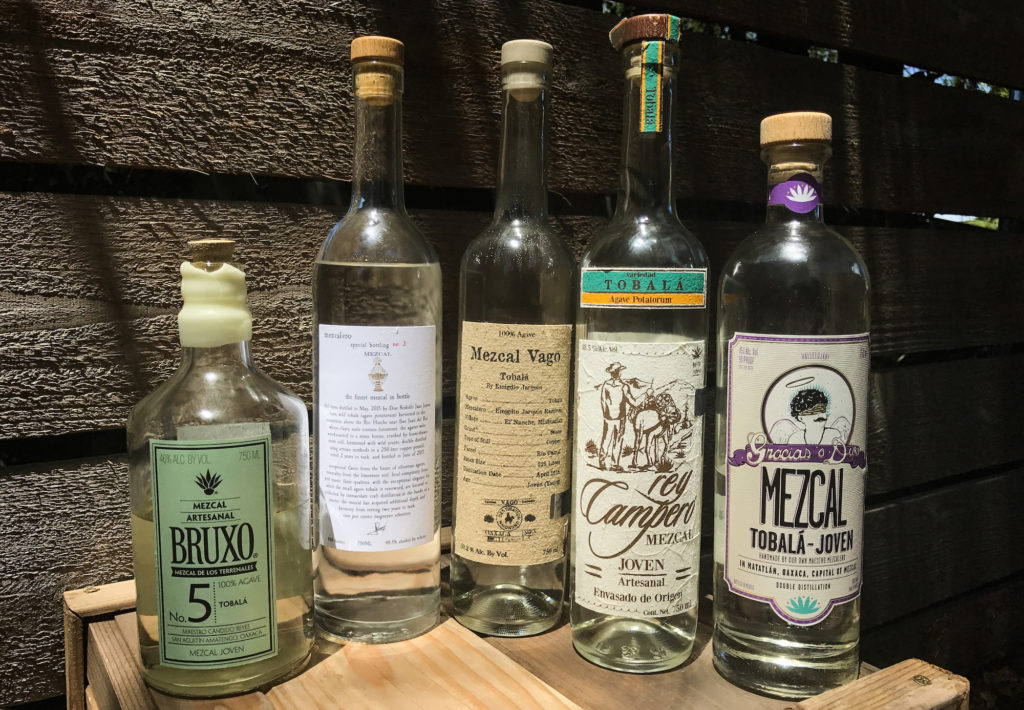
A selection of various mezcals made with 100% agave Tobala
In conclusion
Our big takeaway from this tasting was that we underestimated the huge diversity in flavors among mezcals made from 100% agave Tobala. Throughout our blind agave Tepextate tasting, the signature flavors of green peppers and spice were present throughout every different glass of mezcal. With agave Tobala, the same plant was producing an array of flavors throughout the tasting with no obvious common thread (at least, according to our amateur palates). Were the flavor differences a result of wild versus semi-cultivated agaves used in the mezcal? Did the regions influences the flavors more than other agave varietals? It could be a combination of things not counting the unique influence made by each maestro mezcalero. Overall, the standouts were the two very different, but very good Mezcal Vagos and the elegant El Jolgorio.
While we couldn’t fit all the Tobala mezcals into the tasting, be on the lookout for these other bottles:
- Vago Tobala en Barro
- Mezcalero Special Bottling No. 3 (new and limited release)
- Tosba Tobala
What blind tastings have you done recently? What flavors do you notice in agave Tobala mezcals? Thanks for reading and stay tuned for our next blind tasting blog when we taste eight different pechuga mezcals!


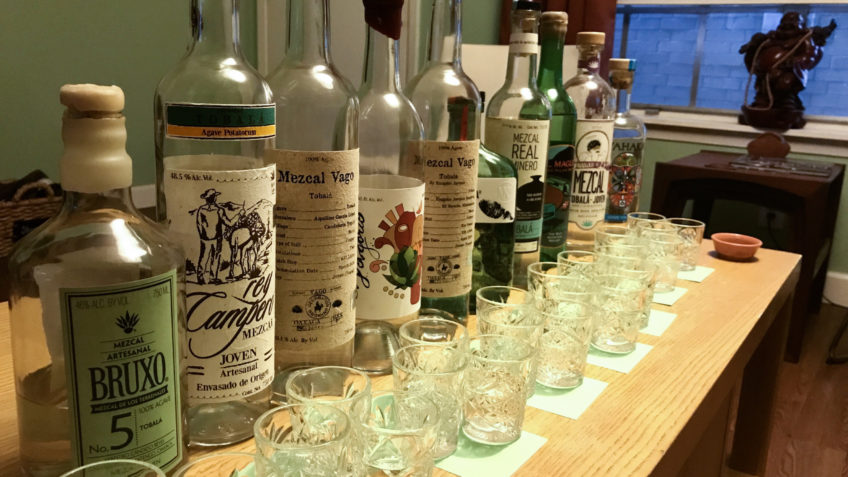
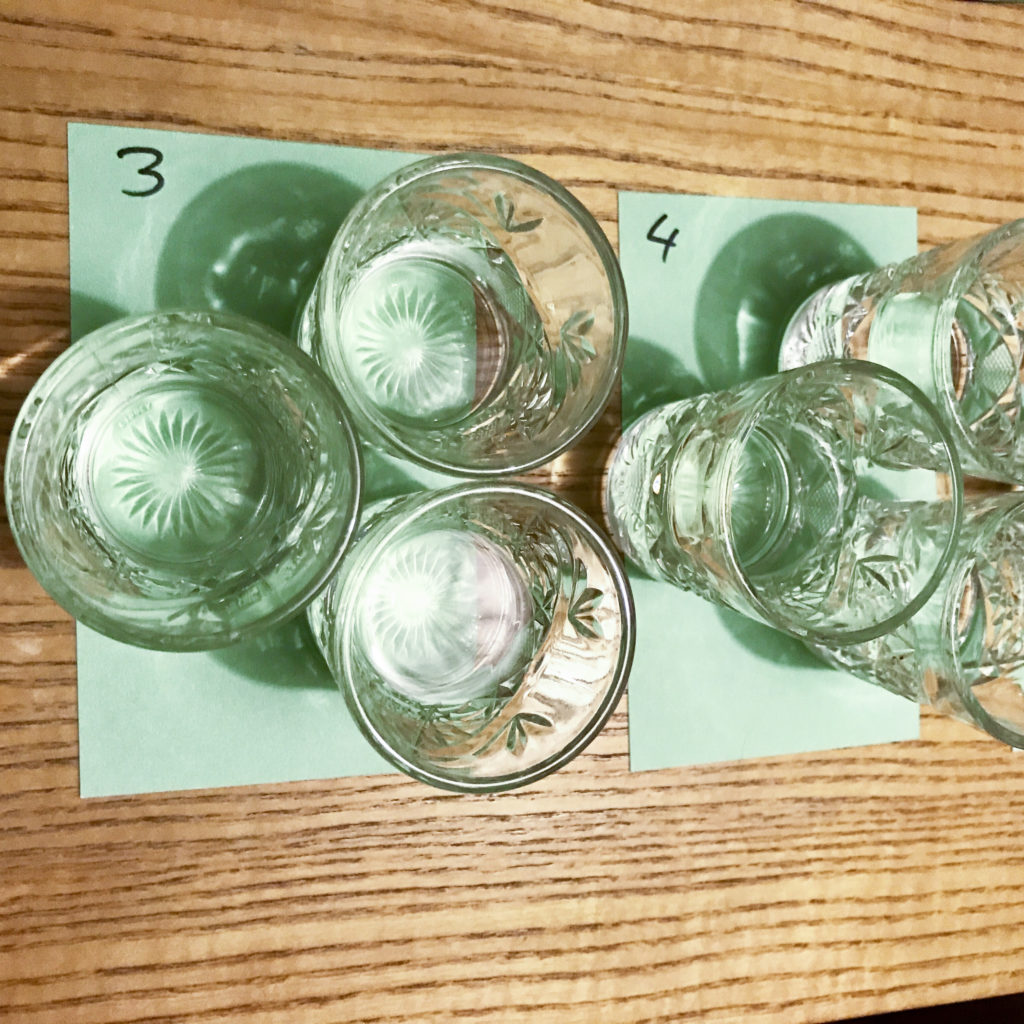
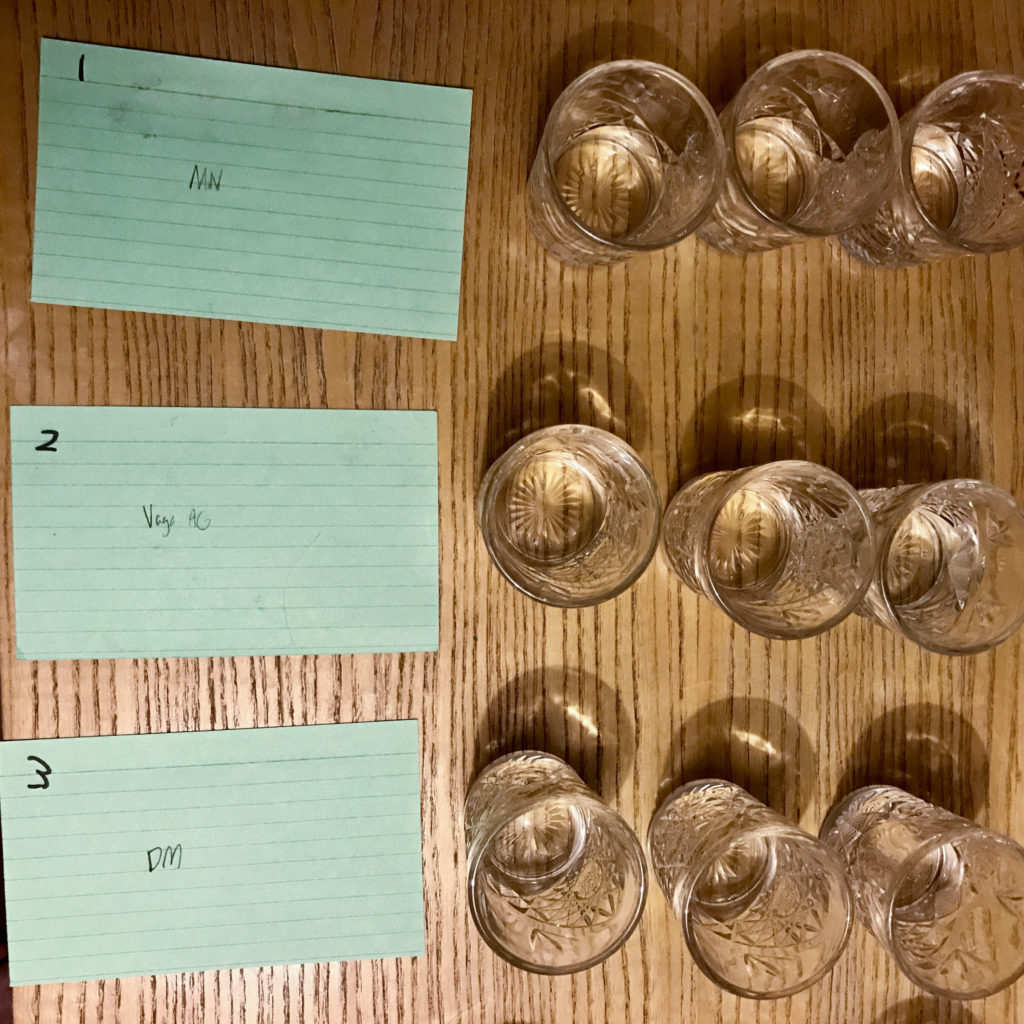
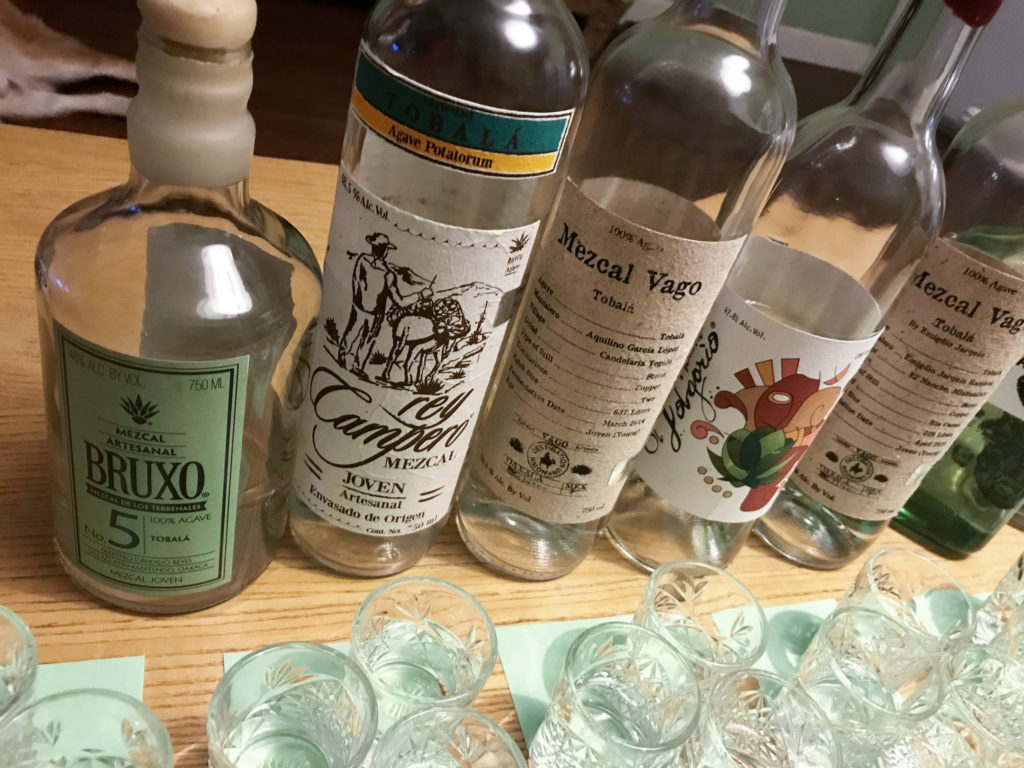
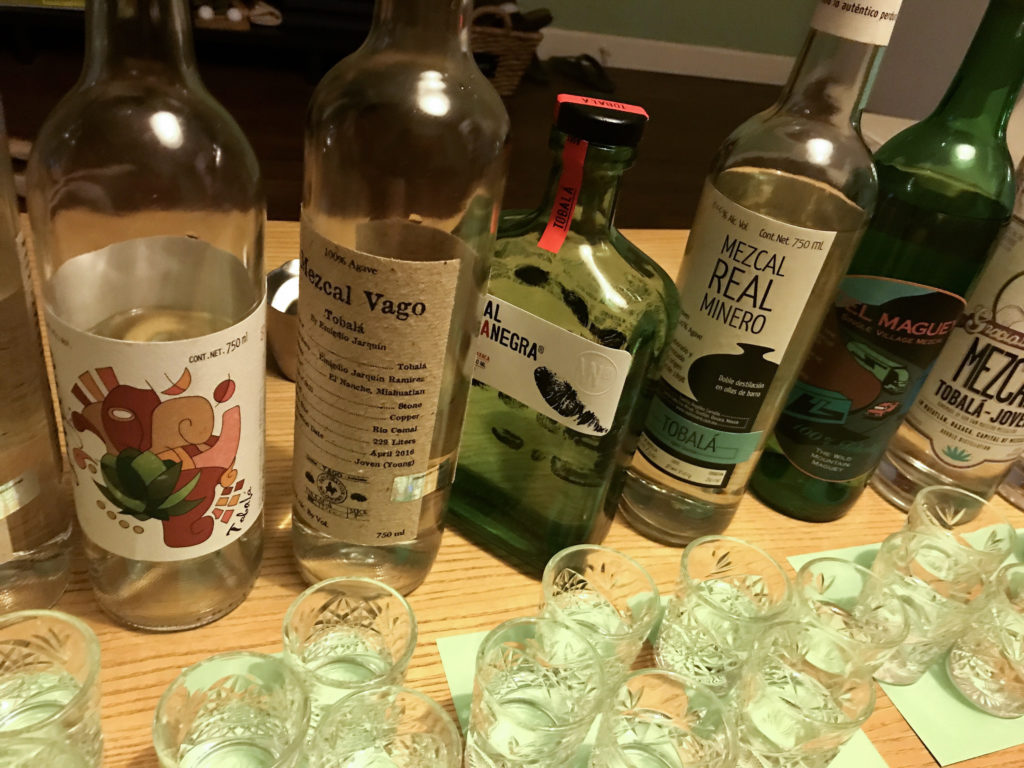


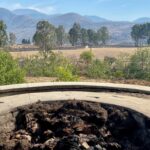
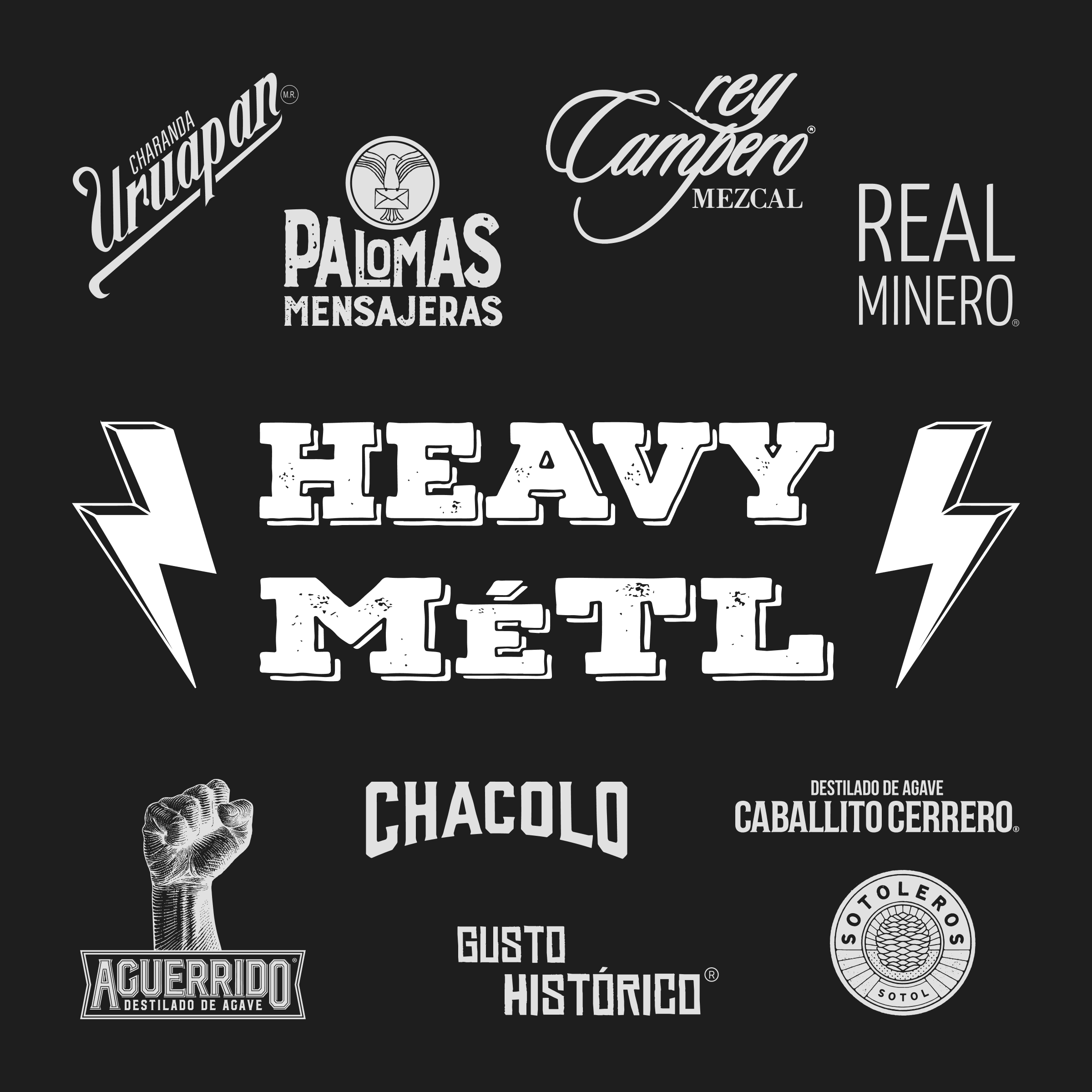
Andrew
7 years agoTosba! Sí!